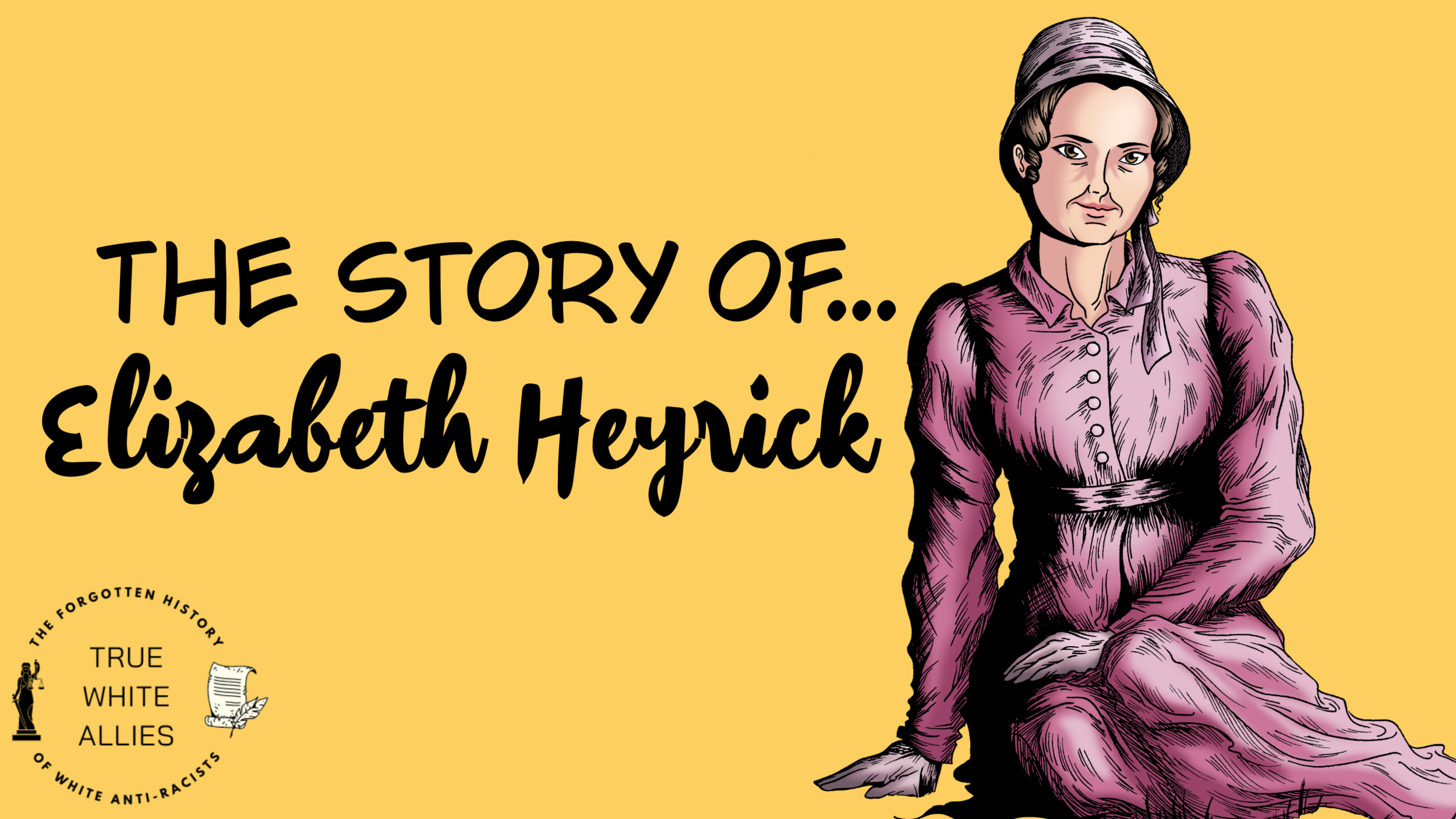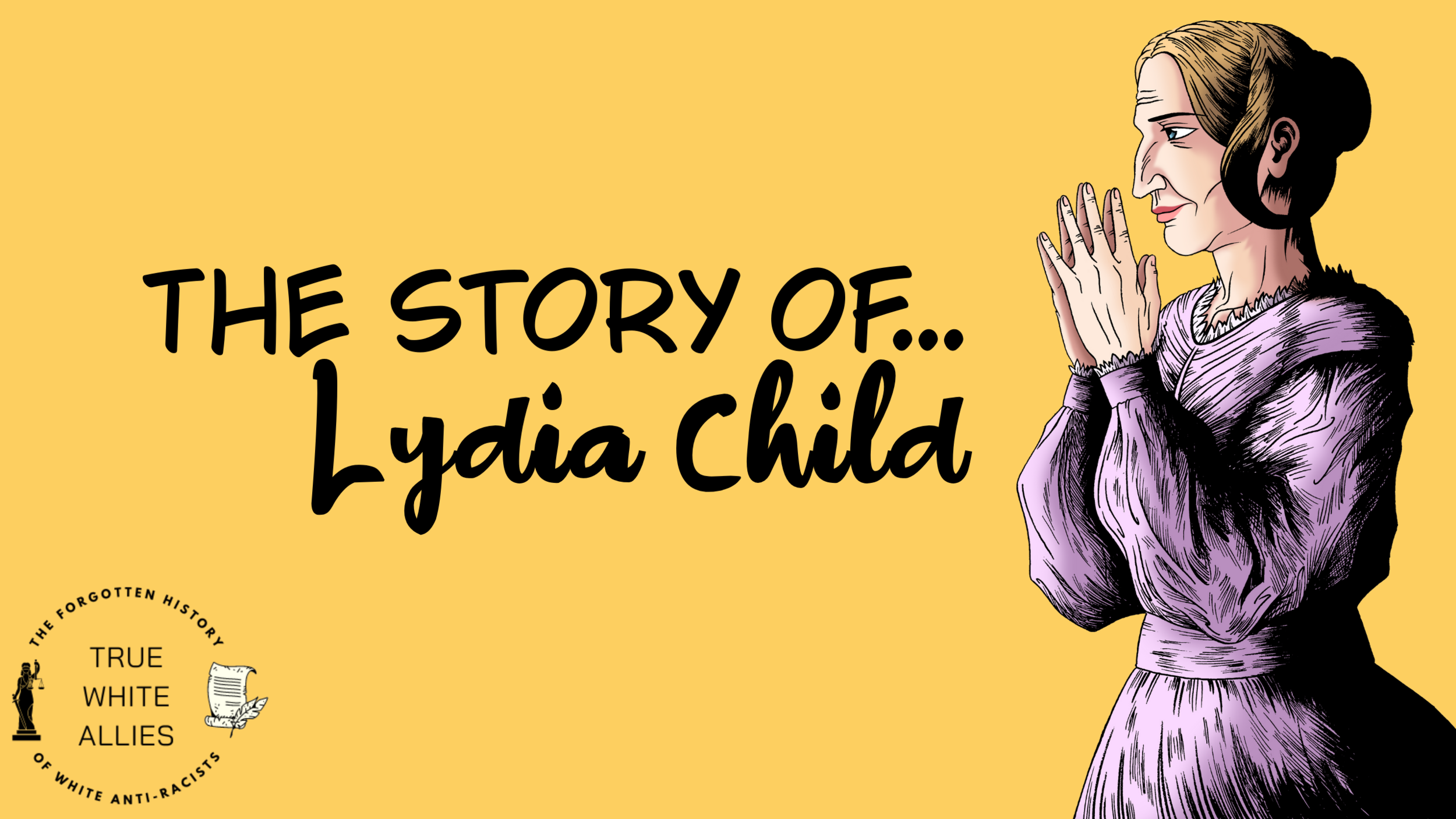The Story of Eliza Wigham
Examples Of Allies In Everyday Life
Looking back at the forgotten history of examples of allies in everyday life is essential. Why? Because their stories demonstrate that people have been fighting against racial inequality for a very long time, even against incredible odds.
Ideally, people like Eliza and Jane Wigham will inspire you to take action against racism today and teach you how to be anti-racist in the workplace. These determined Scotswomen protested against the church accepting money from enslavers and fought tirelessly to abolish slavery and women's suffrage.
Who was Eliza Wigham?
Eliza Wigham was born in Edinburgh, Scotland, in 1820 to a fiercely anti-slavery Quaker family. She had five siblings, but her mother, older sister, and younger brother passed away when she was ten.
Soon, her father remarried. His new wife was called Jane Smeal, originally from Glasgow, and she took the last name Wigham. Jane and Eliza were extraordinarily close and believed in fighting for the same causes.
Throughout Eliza's late teens and twenties, the stepmother and daughter duo formed Scottish women's anti-slavery societies and connected with similar American organizations. Eliza became the treasurer of the Edinburgh Ladies Emancipation Society.
In 1846, Eliza invited Frederick Douglass to Scotland for a series of speaking engagements. Douglass had escaped slavery and was one of the abolitionist movement's most influential writers and speakers. The Wighams understood that, as a Black man, Douglass had expertise in the subject of slavery.
The Wighams understood intersectionality.
The Wigham’s and Douglass shared another cause in common – they believed that women's rights were intrinsically linked to abolition. This demonstrates that they understood intersectionality, the concept that different forms of prejudice can stack up.
For instance, a White woman faces misogyny. A Black man faces racism. But a Black woman faces misogyny and racism. You can continue to add other forms of prejudice to this complex mix, such as homophobia, transphobia, discrimination against disabilities – the list goes on.
When Douglass visited, the Wigham’s were in the process of protesting against the Free Church of Scotland for their policy of accepting donations from American enslavers. They put up signs and placards throughout Edinburgh that said, "SEND BACK THE MONEY!" Then, they went to the Salisbury Crags, a series of cliffs in Holyrood Park, Edinburgh's royal park. Using trowels, they dug up the grass in the shape of a message: "Send the money back." Some say that Douglass was with them – no matter what, it's a legendary story.
Eliza Wigham encouraged the British government to stand against the Confederacy.
Many people worried that the British government would support the slave-owning Confederacy during the American Civil War. Eliza Wigham wrote a book in 1863 called The Anti-Slavery Cause in America and its Martyrs. Her book detailed the horror and trauma of slavery to discourage the government's support.
Sadly, the British government remained 'neutral' – which we all know is a form of support. To quote another true White ally and Holocaust survivor:
“Neutrality helps the oppressor, never the victim. Silence encourages the tormentor, never the tormented. Sometimes we must interfere. When human lives are endangered, when human dignity is in jeopardy, national borders and sensitivities become irrelevant.”
Thankfully, the Confederacy lost the war. But Eliza and Jane Wigham would soon move on to other causes. She began to protest against the Contagious Diseases Act. This act, which sounded innocuous, was used to demonise women.
Eliza Wigham fought against misogynistic laws.
It was based on reports about army soldiers' sexual health, which found that many had sexually transmitted infections. Rather than hold the men accountable for their actions, the reports blamed sex workers. The government passed the Contagious Diseases Acts in 1864, 1866, and 1869.
As a result, any woman suspected of being a sex worker could be randomly stopped and forced to undergo an STI inspection. If she refused, she could be arrested. If she agreed and was found to have an STI (for which there were no reliable tests), she could be forcibly held in a hospital against her will.
As you can imagine, this policy was often used as a justification to harass women. Eliza Wigham fought hard against these Acts. She was an executive committee member of The Ladies National Association for the Repeal of the Contagious Diseases Acts. They published their demands in a newspaper and explained that the Acts threatened freedom and liberty.
After a long life, Jane Wigham passed away in 1888. By 1886, the Acts were finally repealed. Her stepdaughter and another true White ally, Eliza Wigham, died in Dublin in 1899.
How were Eliza and Jane Wigham True White Allies?
Eliza and Jane Wigham didn't just focus on the discrimination that affected them – misogyny. They understood that all oppression is connected, so they were both abolitionists and suffragettes.
They fought tirelessly for enslaved peoples' freedom but didn't just make plans and speak on their behalf. Instead, they listened to Black voices, such as Frederick Douglass, and let them take the lead.
Quick Takeaways – How to be anti-racist in the workplace
Encourage your company to hire speakers and consultants that are Black and POC – Follow the Wighams' example by encouraging your company to employ Black people and people of colour as speakers about all topics, not just to talk about racism. If they are experts on anti-racism, make sure you action their guidance on how to be anti-racist in the workplace.
Think about intersectionality – The Wighams understood the basics of intersectionality. They knew that people face multiple types of oppression that get 'stacked' on top of one another, which is why they fought for both suffrage (women's right to vote) and the abolition of slavery. How can you apply your understanding of intersectionality in your workplace?
Prioritise corporate social responsibility – Ask to see your company's corporate social responsibility policy and ask questions about where money is going and how it's being spent. Submit recommendations that they contribute to organizations working on anti-racism.
Did you enjoy learning more about examples of allies in everyday life? Did this article inspire you to be anti-racist? Click here to learn how you can join us on our mission to be anti-racist in the workplace.



